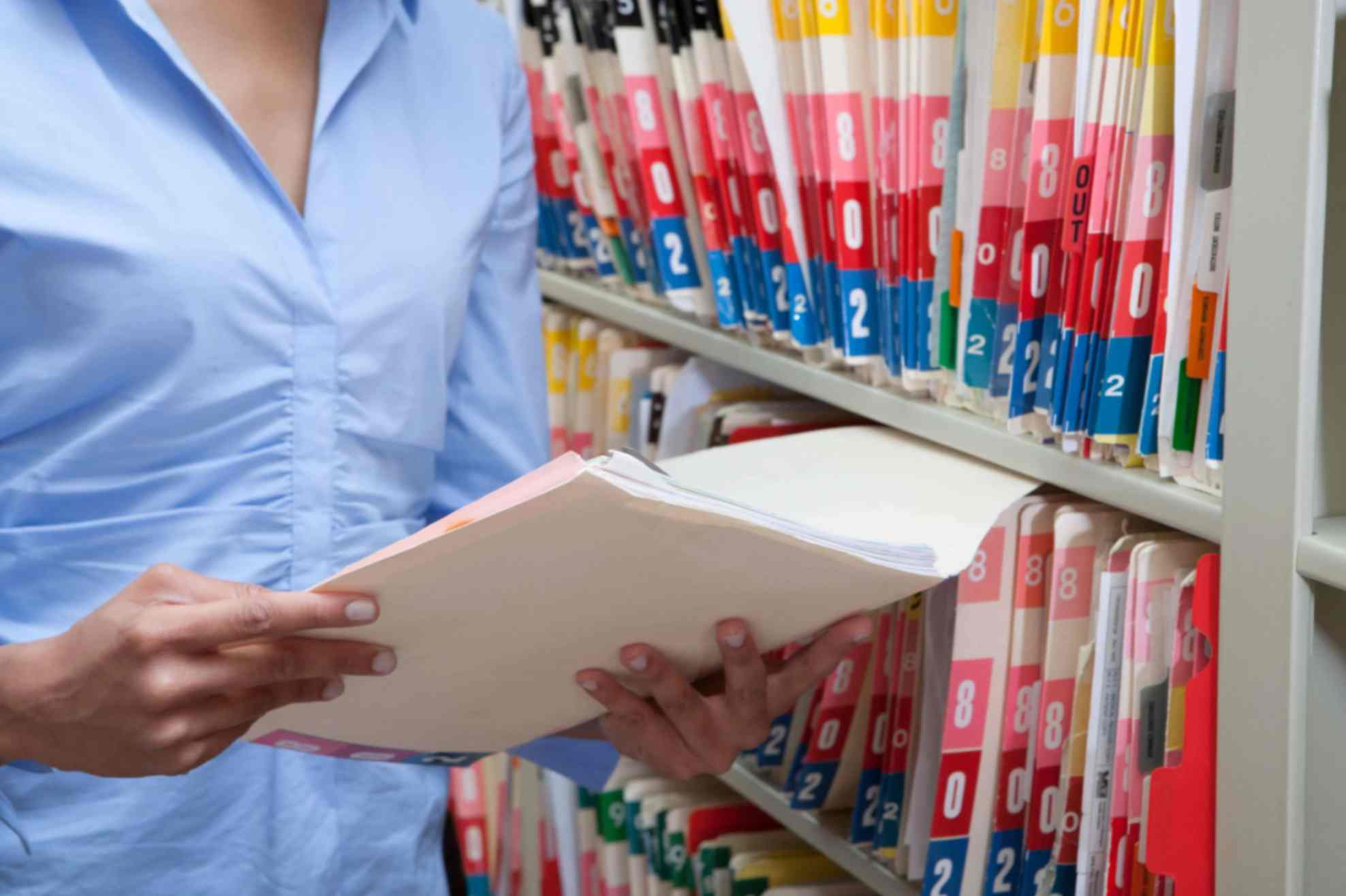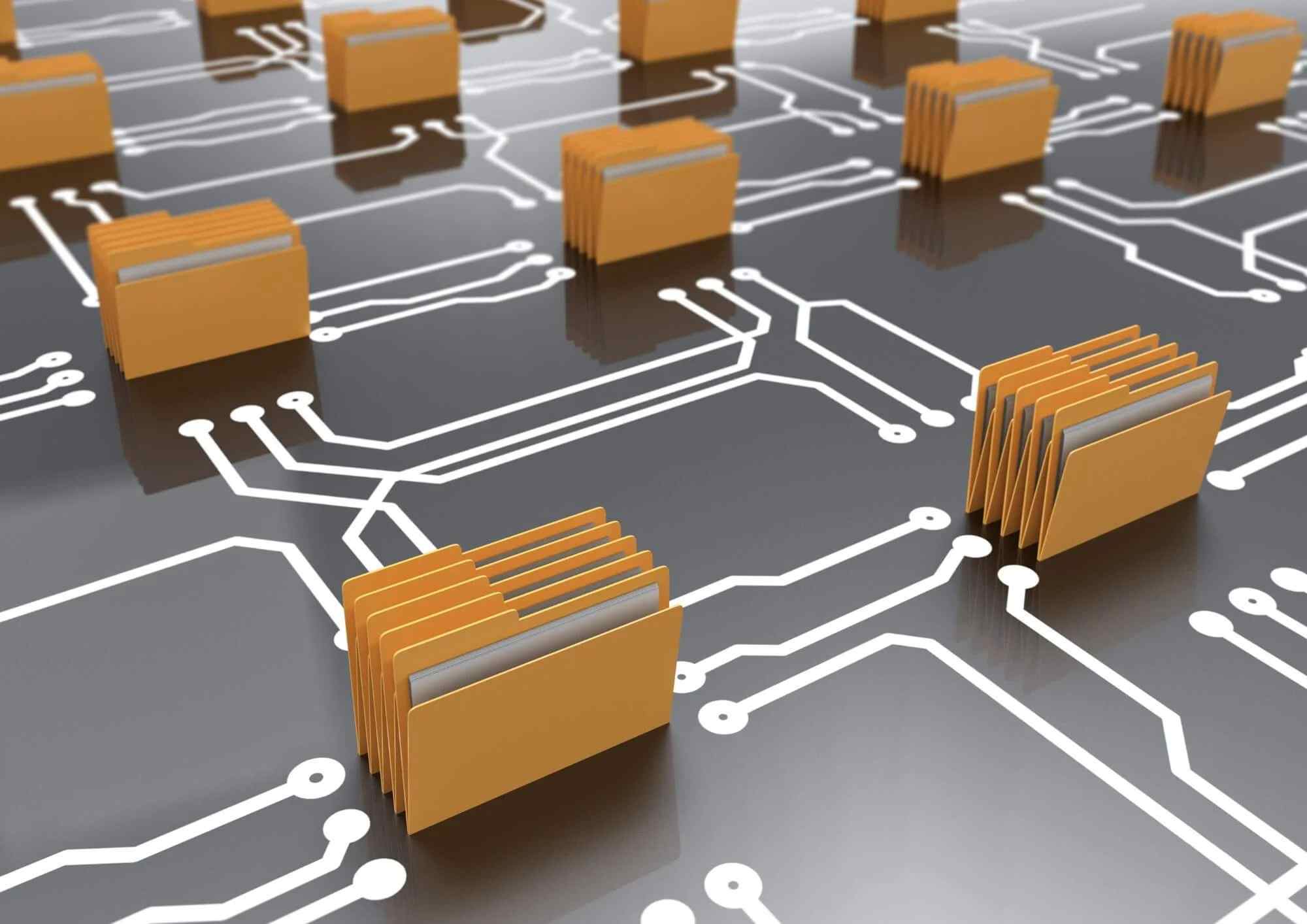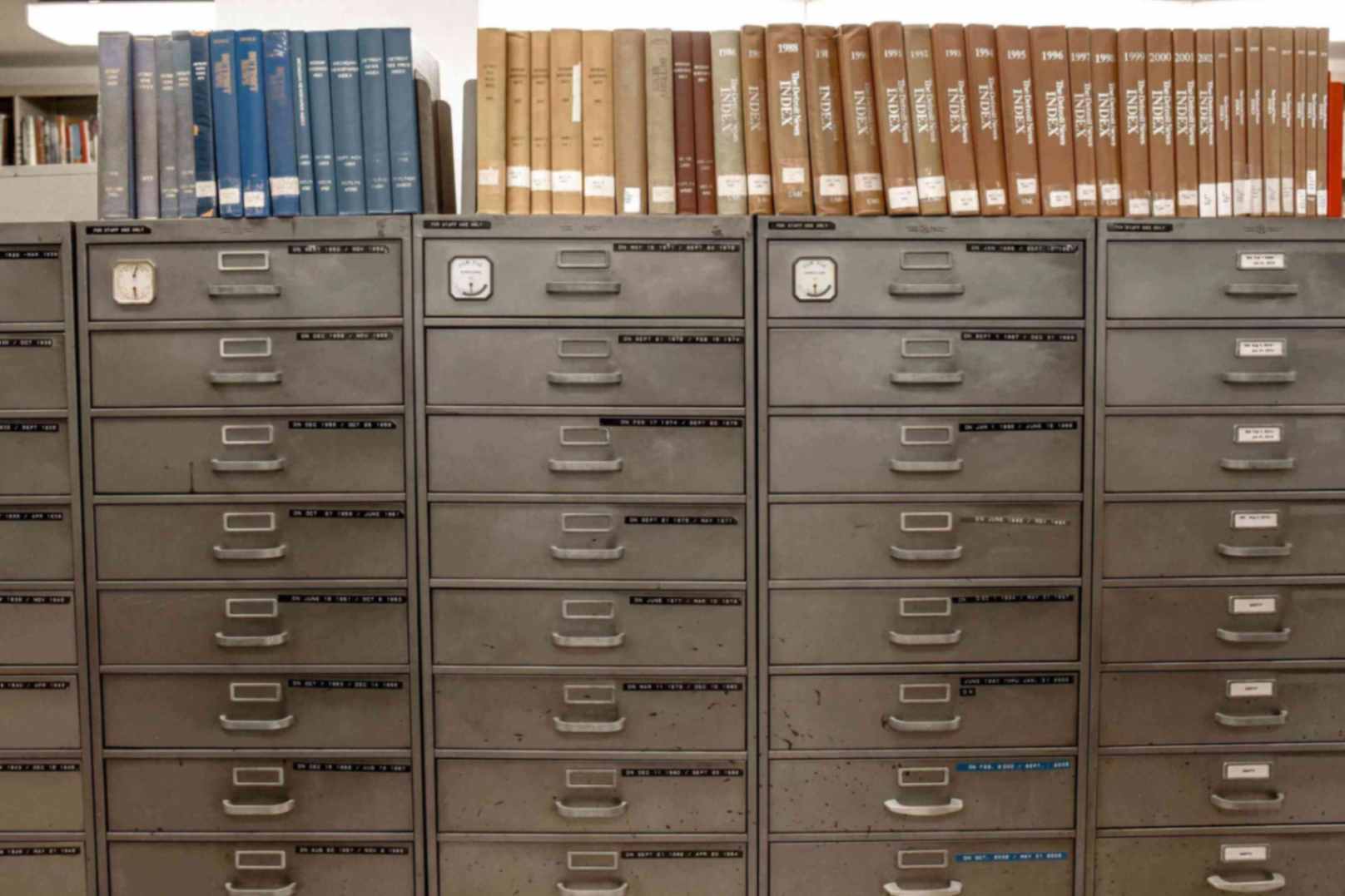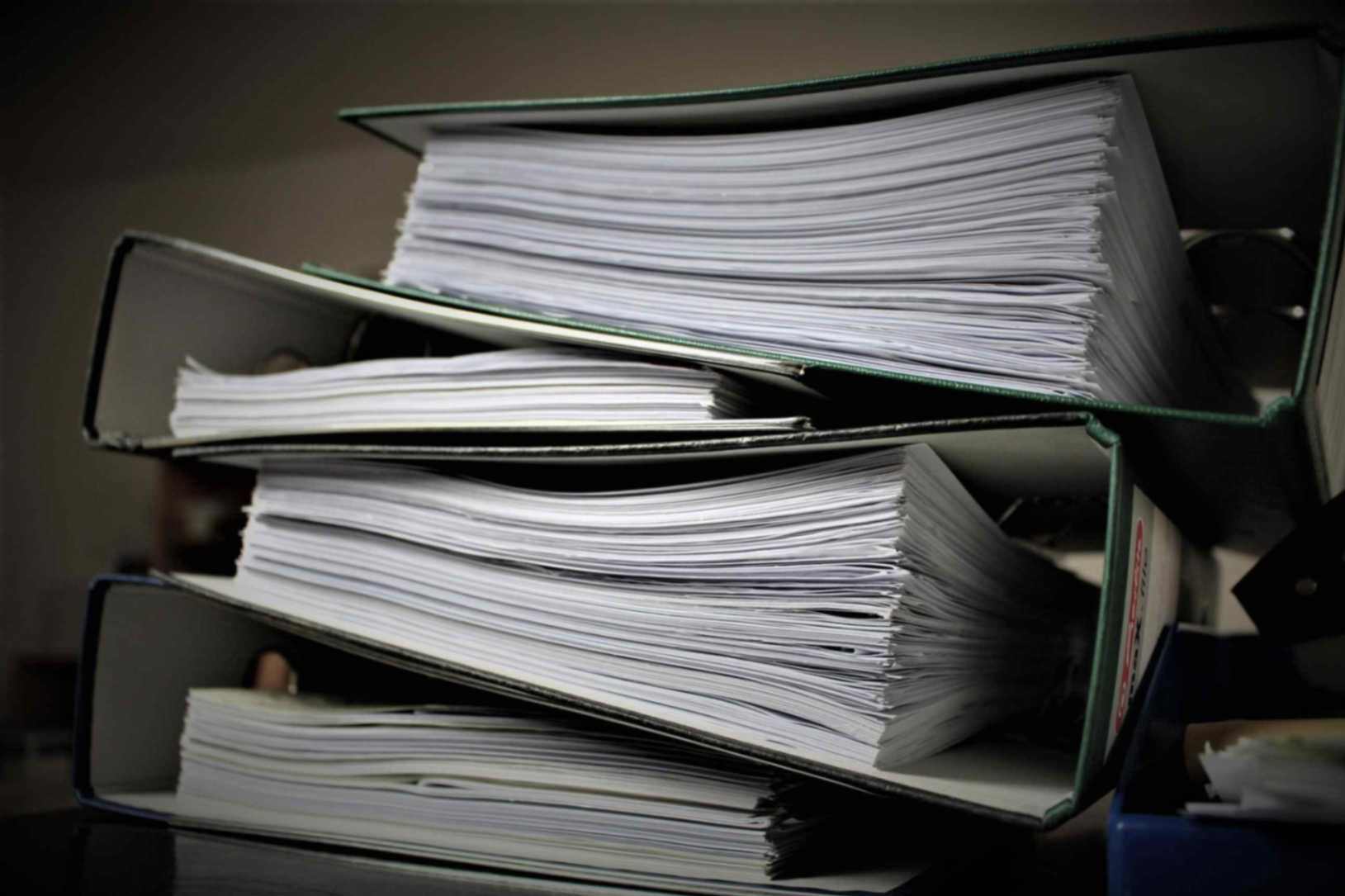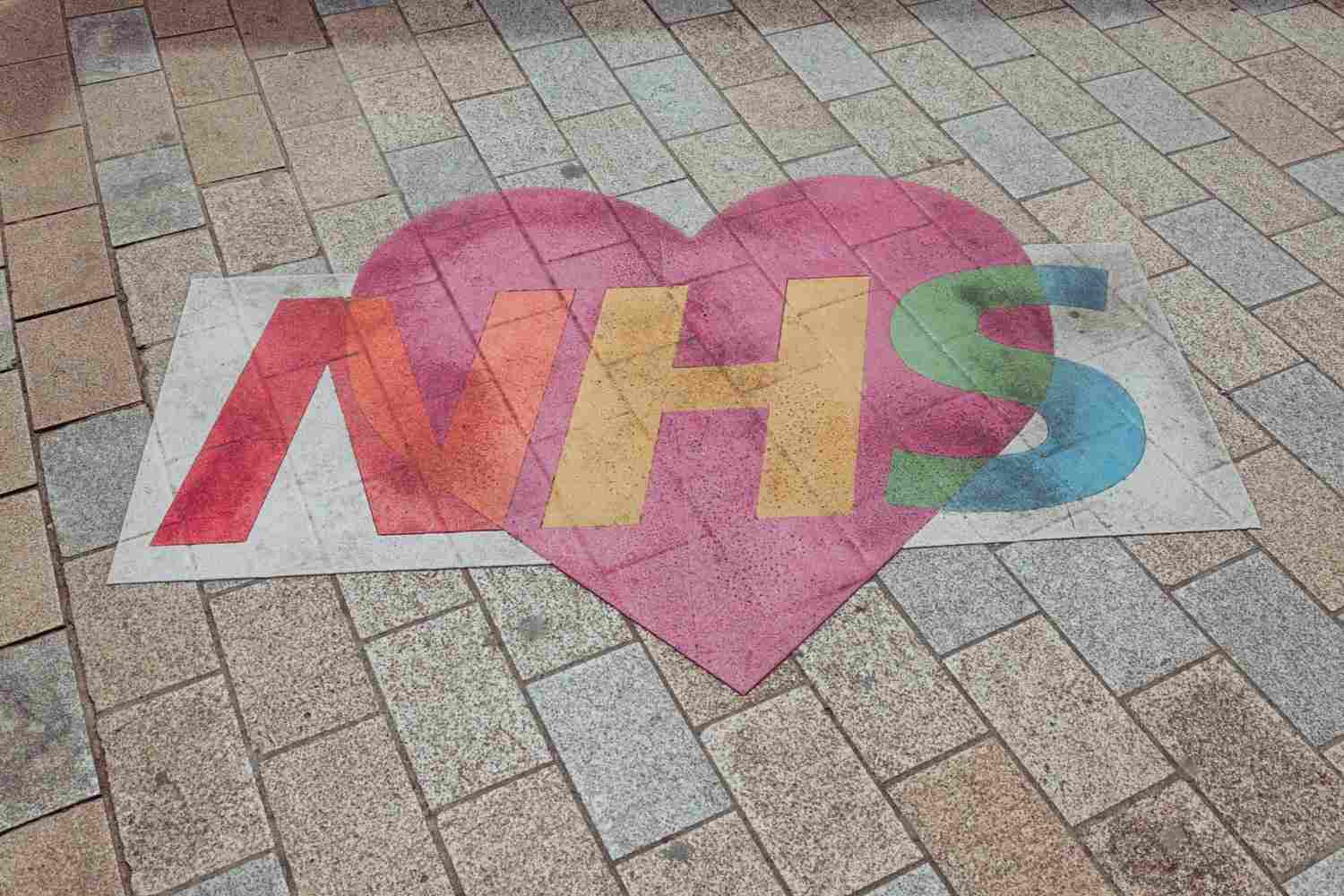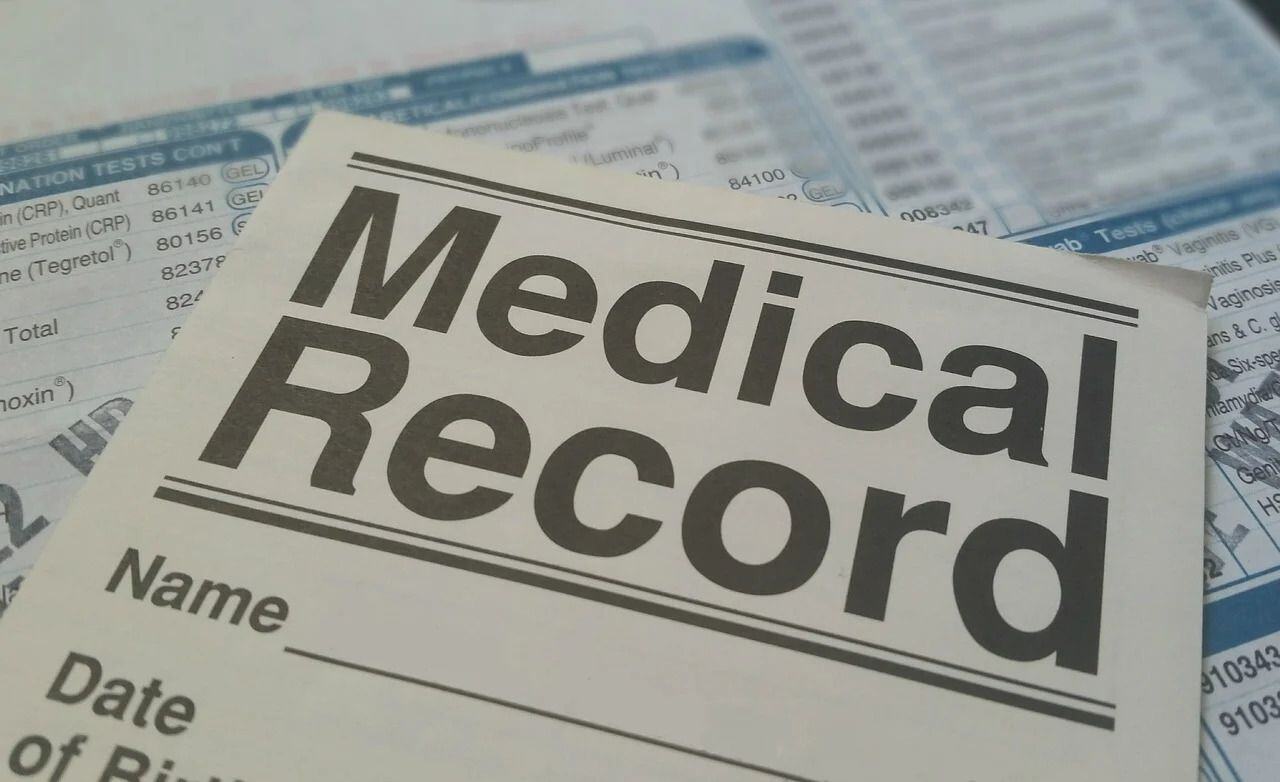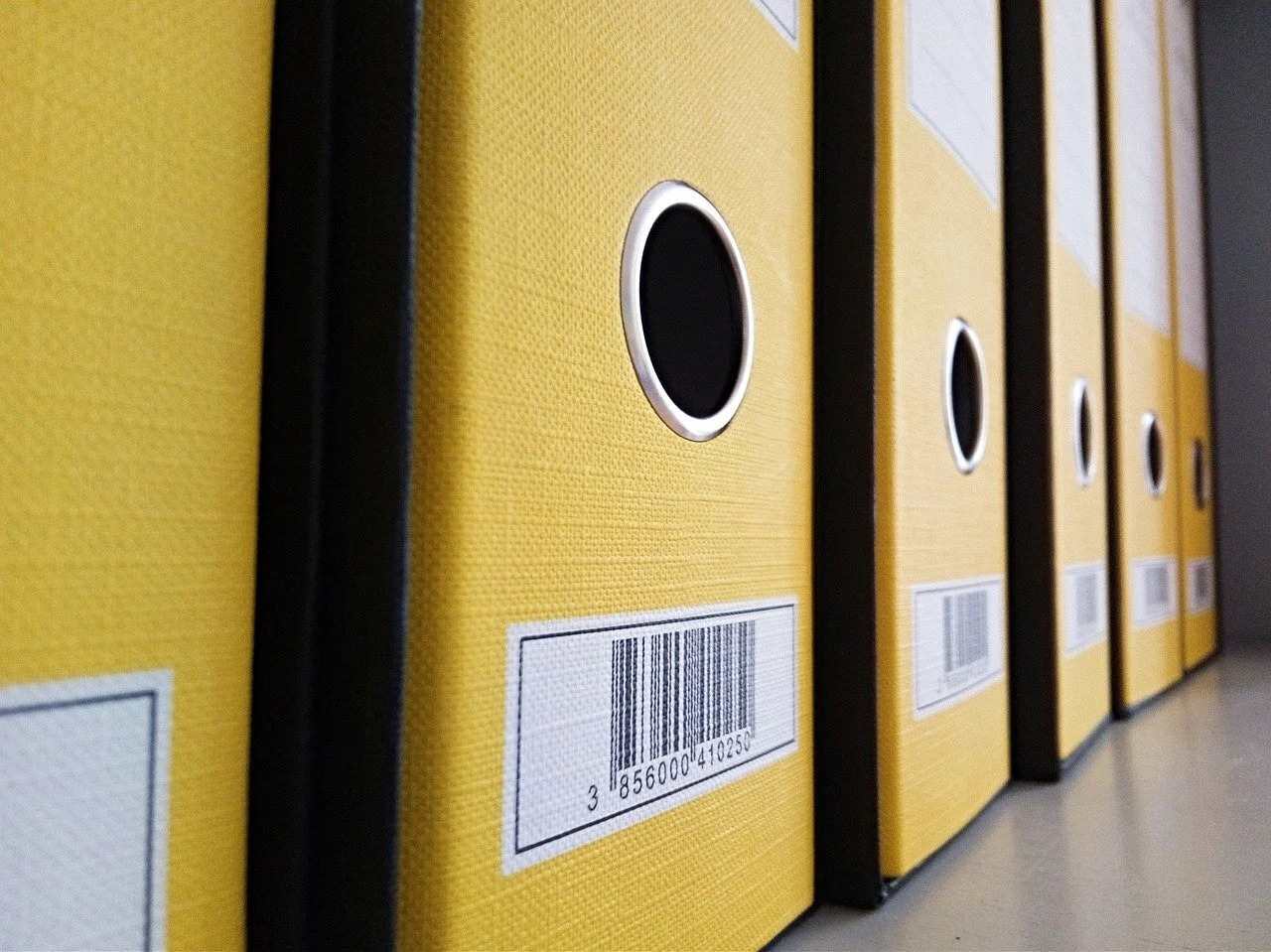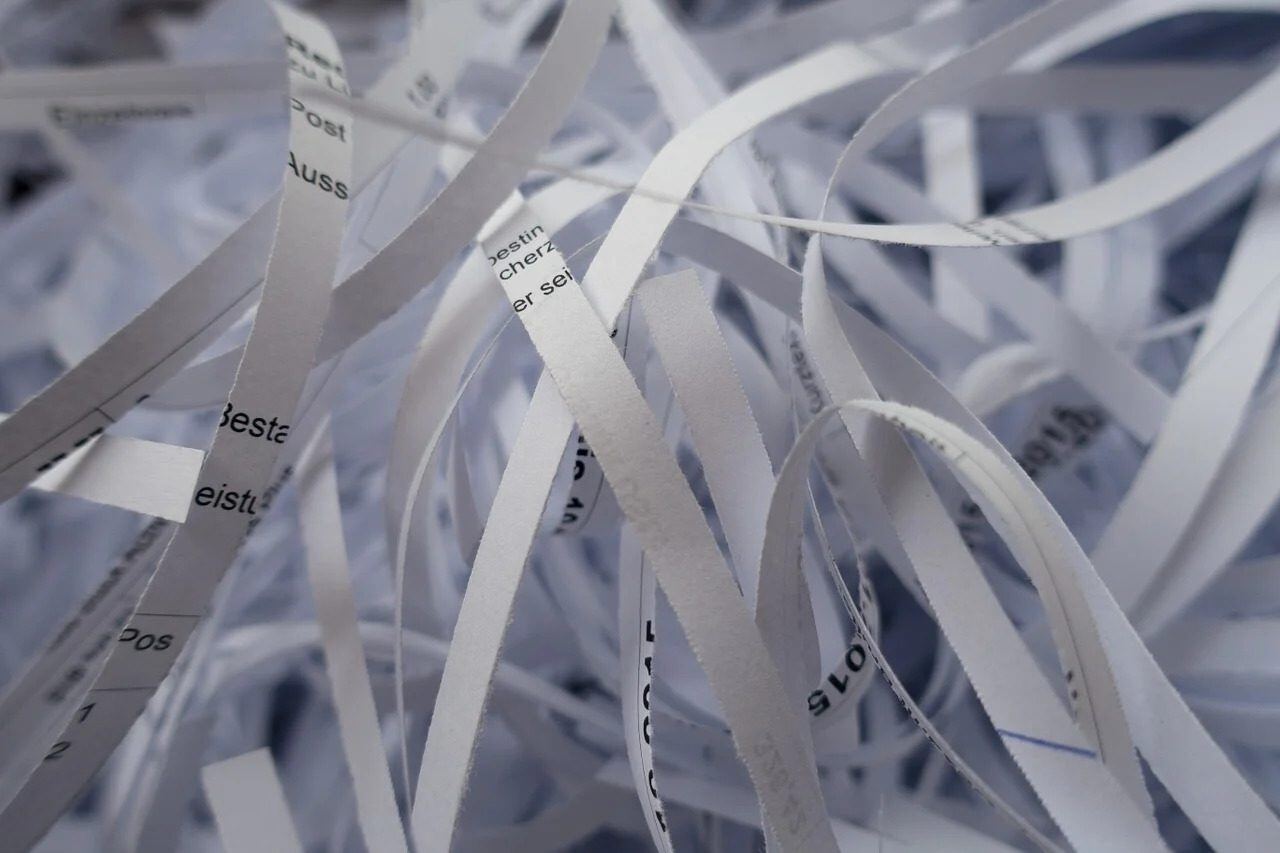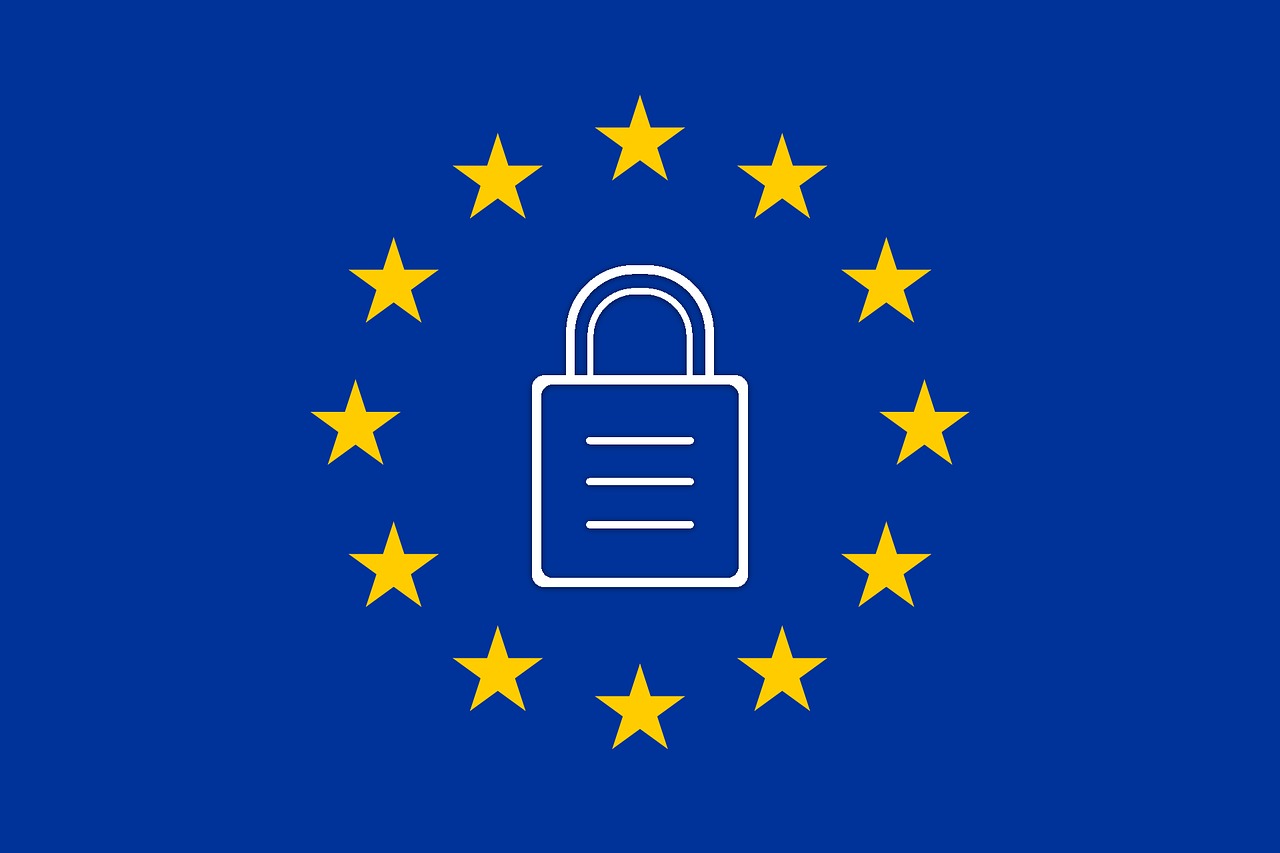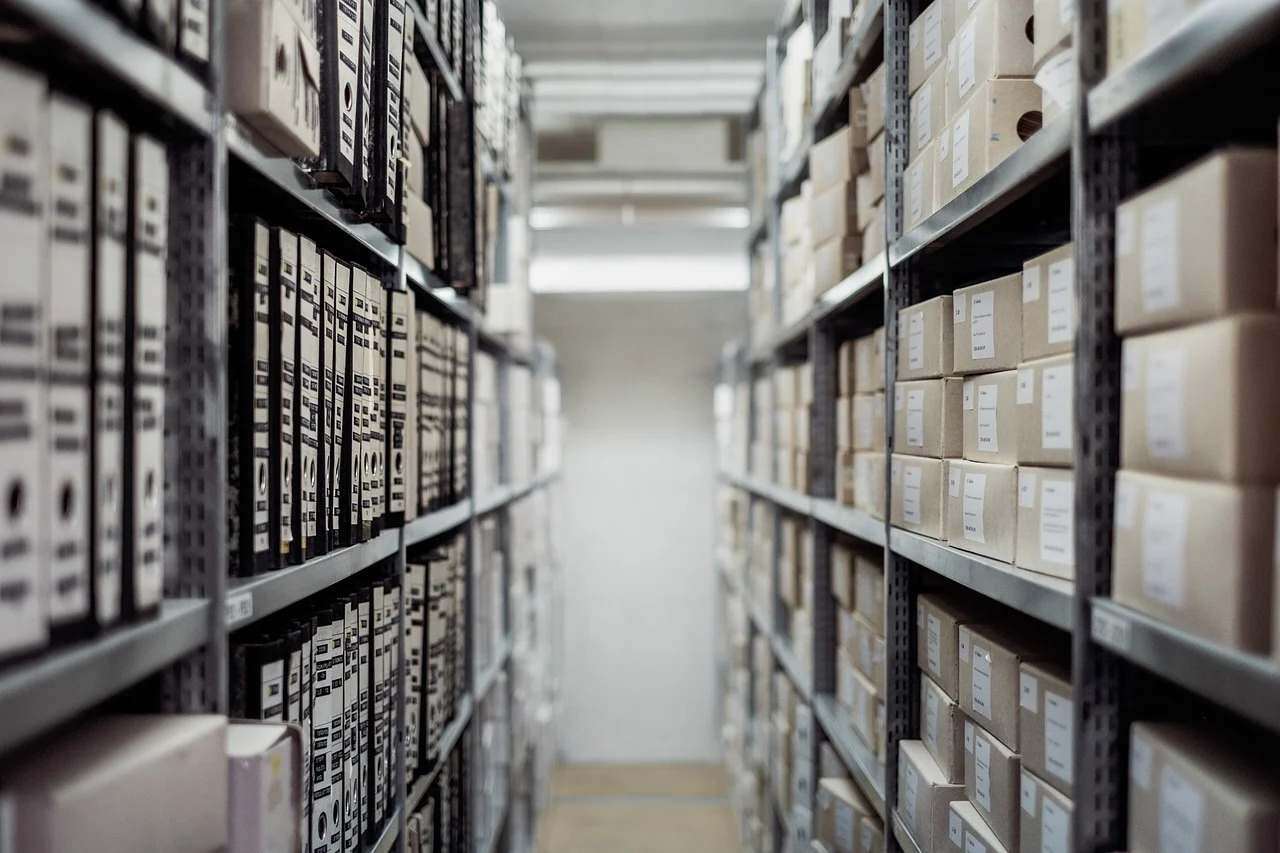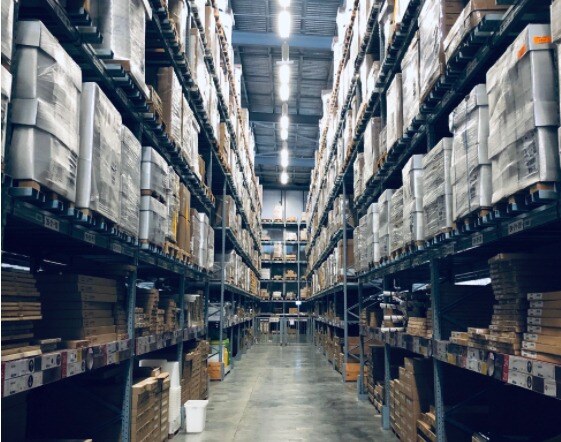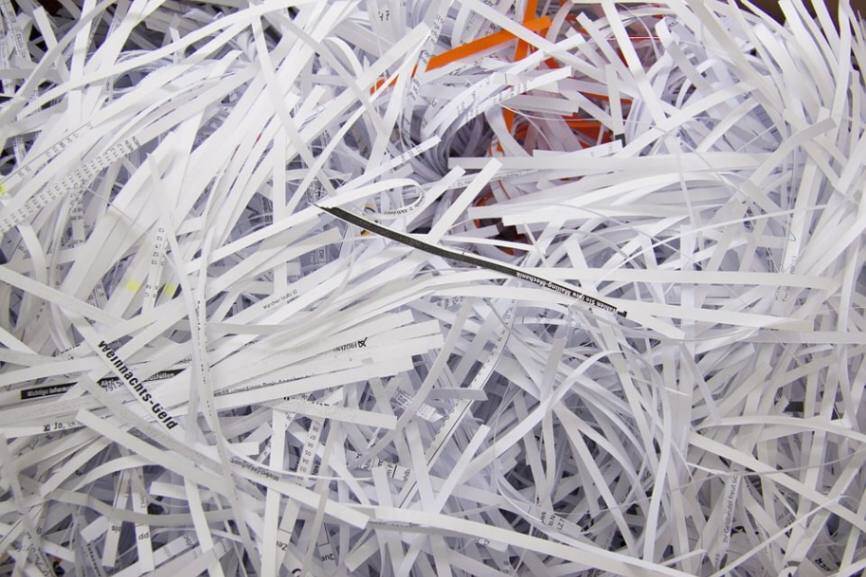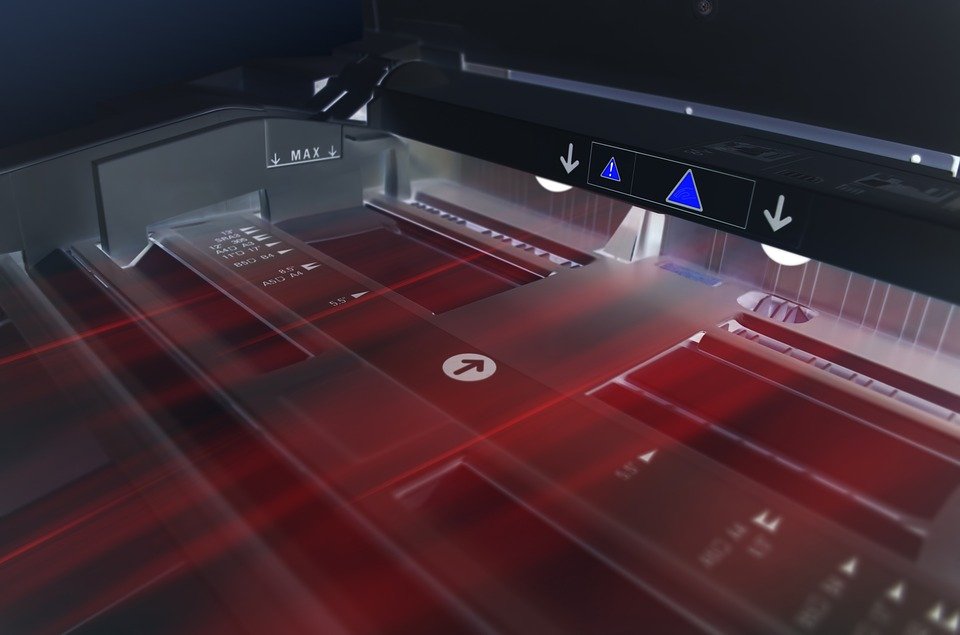Blog and News
How to Scan a Document Correctly for Business Use?
Many businesses struggle with digitising paperwork and are often left wondering, how to scan document the right way, especially when it comes to scanning document professionally for business use. At CAS Ltd, our expert document scanning services ensure your files are captured...
How Document Scanning Works: A Step-by-Step Guide?
In today’s digital-first business environment, efficient document management is essential. Many companies ask, “How do I scan a document professionally?” or “How do you scan a document for business use?” At CAS Ltd, we provide expert document scanning services, including...
What Business Documents Should be Shredded?
From Scanning to Shredding: The Complete Lifecycle of Document Management Managing documents securely is more than just storing files. It is about handling information throughout its entire lifecycle, from creation and storage to eventual destruction. Whether you are a business...
Where Can I Scan Documents Near Me? A Local Guide to Secure Scanning
Where Can I Scan Documents Near Me? A Local Guide to Secure Scanning If you have ever asked yourself where can I scan documents near me, you are not alone. Whether you are running a business, working from home, or managing personal paperwork, secure document scanning is one of...
Where Can I Shred Documents? Secure Disposal Explained
Where Can I Shred Documents? Secure Disposal Explained When you are dealing with confidential paperwork, it is natural to ask questions such as where can I have documents shredded or where to shred documents. Secure document disposal is not just about freeing up space at home or...
Who is Responsible for Enforcing the GDPR Rules at a Company?
The concept of GDPR compliance can sometimes feel quite abstract. After all, discussions on the subject of data - whether it’s digital or physical - can understandably cause eyes to glaze over and minds to wander. As a result, approximately 30% of European businesses are still...
What Does the Commercial Shredding Process Involve?
Few steps in the document management process need more care and attention than confidential shredding. Whereas storage and scanning certainly require responsible handling, there is an intentional finality to shredding that means if data is accidentally disposed of, it cannot be...
Why Should You Consider Outsourcing Document Storage?
Did you know that approximately 45% of small-to-medium-sized companies are still reliant on paper documentation for the everyday running of their operations? Furthermore, it is estimated that 60% of service businesses - those that provice a service rather than a product - are...
How to Dispose of Confidential Documents in the UK
If you have a room filled with obsolete documents that are no longer useful, you might like to dispose of them. After all, they have served their original purpose, and removing them can improve efficiency by better utilising your space.
Your Guide to GDPR Retention Periods
While many businesses and public organisations in the UK are familiar with GDPR - the European Union's General Data Protection Regulation - some still struggle to fully understand the concept of document retention periods and how they might apply to a particular industry or type...
Why Do Companies Choose to Outsource Document Scanning?
Right now, almost half of all UK organisations are still operating a physical filing system. For those that are subject to GDPR’s strict retention rules, such as a hospital, school or financial services institution, the hesitancy to digitise those documents is understandable;...
What is A Certificate of Data Destruction?
Implemented by the European Union in 2018, GDPR is internationally recognised as the strongest privacy and security law in the world. It replaced the outdated principles of the 1995 Data Protection Directive and outlines several fundamental rights of a ‘subject’ (an identifiable...
Does GDPR Apply to Paper Documents?
The concept of GDPR compliance can sometimes feel quite abstract.
5 Benefits of Specialist Lloyd George Digitisation
In March 2024, the UK government announced its Spring Budget. While most eyes and headlines were focused on National Insurance cuts and the potential abolition of non-dom status, ours were pleased to see the inclusion of £3.4 billion extra investment for NHS digitisation.
How Long Should You Keep Accounting Records Before Disposal?
Accounting records might be the lifeblood of your organisation, providing financial clarity and guiding strategic decisions, but if you are handling a high number of physical documents, you might face an important dilemma - how long to keep accounting records before you dispose...
How Does GDPR Relate to Data Subject Access Requests?
Under the Data Protection Act 2018, most famous for incorporating the EU-wide General Data Protection Regulations (GDPR), any individual is entitled to request access to the personal data that an organisation or business holds about them. While Data Subject Access Requests...
3 Ways Digital Document Storage Helped During Covid-19
The pandemic has had a serious effect on many UK businesses. Future-proofing your business now against financial losses, and establishing your business on a strong footing for a good recovery is a wise decision. Migrating from paper-based record keeping to digital Cloud storage...
Is Third-Party Cloud Storage Safe for Medical Records?
Security and legality are paramount when storing your confidential medical records. Whether your files are digitised or printed, you have an ethical and statutory duty to keep all the sensitive data that's entrusted to you safe, user-limited, and deletable on request.
The 7 Risks of Using Self-Storage for Medical Records
If you're a medical facility that treats patients directly, runs meetings, or engages in confidential research, your organisation will stack up a vast number of permanent records as the years roll by. While you won't always need to access these records every day, patient data...
7 Questions To Ask Your Document And Data Storage Company
When choosing a remote document storage provider, you'll want to get the best choice for your budget. You'll also want to make sure that the company is transparent, accountable, safe, accredited, and capable. By asking the right questions, you can rapidly assess whether a...
Is Dropbox a Secure Way of Storing Medical Records?
It’s not even three years since the NHS formally approved the use of the Cloud for the storage of digital medical records. Consequently, hospitals and GP and dental surgeries are now playing catch up to find a digital way to store sensitive medical files.
Expectations from a Medical Document Shredding Company
All medical documents made in the United Kingdom eventually need to be permanently and irreversibly disposed of. Once a record reaches a certain age (dependant on the type and sensitivity), the information inside is no longer useful, or the patient reasonably requests it, you...
Why Migrate Your Documents to Digital Storage Experts?
Largely digitised archives, with some paper originals retained for extra security and assurance, are the future of document retention in the commercial sector. By scanning confidential paperwork into a computer (via high-resolution rapid imaging machines), entire stacks of files...
New to Offsite Document Storage? Four Questions To Ask
If you store paperwork containing sensitive, personal, and valuable information about your customers, patients, or employees, ensuring long-lasting data retrieval and protection for your files is crucial to stay safe and legal....
5 Reasons To Retain Physical Copies Of Important Documents
Digitisation saves space and time, and can also improve data security. By transferring your paper records to computer files via CAS's bulk scanning services, you can make your archives more accessible, manageable, and preservable. Digital documents can be password protected,...
Three Reasons for Storing Your Medical Records Off Site
Storing sensitive medical records in the UK is a heavy commitment - extensive legal protections safeguard their viewing, storage, and timed destruction criteria. Medical retention protection schedules can last for decades and often carry damaging fines and penalties for...
Bulk Document Scanning: What Is It - And Why Does It Matter?
The future of document retention and archiving is digital, and a growing number of organisations are now transitioning to a fully digitised archive system, or a hybrid system in which day-to-day access is made through digital copies of paper documents held in long term storage....
How Should Medical Records and Patient Documents Be Stored?
When it comes to archiving your physical medical records and documents effectively, you can save yourself a lot of pain by coming up with a document retention plan before you start filing items away. Carefully planning your storage saves time and helps you to retrieve, sort, and...
How to Ensure Safe Storage for Archived Medical Files
Keeping your archived medical documents in decent, readable condition long-term can be tricky. If you don't have dedicated facilities and expertise on-site, it can be hard to know where to start. Over the years, paper, card, and cellophane can become brittle, smudged, eaten...
How Live File Storage Can Transform Your Business
Long-term document storage is a problem that more and more businesses are struggling to solve. With companies often required by law to retain important documentation for a fixed period, sometimes for years, and new documents piling up by the day, there’s a significant squeeze on...
Is Online Medical Records Storage Safe?
Medical facilities record a lot of information in patient charts, laboratory results and billing information. Storing a patient's medical history in paper files has been the norm in various hospitals and GP surgeries. However, with the digital transformation in record keeping,...
3 Benefits of Scan-On-Demand for Healthcare Providers
Despite the mass shift to digital processes, many healthcare providers still use paper medical records. Accessing those records can be tricky if you are in a different location or the papers are in an off-site facility. Luckily, you can get access to digital copies of key...
Top Qualities for a Document Shredding Company to Have
A patient's medical record contains sensitive information that every NHS organisation should strive to protect. Even if the information is no longer in use, the document disposal must protect the confidentiality of the patients.
5 Basic Medical Document Storage Errors You Need To Avoid
Putting together a successful, safe, stable medical document storage that stands the test of time can be a tricky business. Organisations strapped for cash and floor space often attempt on-site storage as their first option, quickly filling storage units with hundreds of rarely...
4 Disadvantages Of Using Electronic Medical Records
Electronic medical records help solve most of the problems associated with paper record keeping. Some of the benefits include standardising documents, minimising errors, and providing a long-term GDPR-compliant storage solution with easy retrieval.
How Long Does The NHS Need To Store Medical Records?
When the NHS creates a new patient-linked piece of medical paperwork, an invisible countdown timer starts. Once a deadline passes or certain criteria are reached, every document must be shredded or deleted to ensure patient confidentiality. Here's how it works.
How can Digital Document Storage Help with Remote Work?
Despite the easing of lockdown restrictions across the UK, most organisations have accepted that for the time being at least (and most probably for the longer term) remote working is going to remain a reality.
Five Common Questions About Medical Document Storage
If you're new to the world of clinical and medical document storage management, you've probably got quite a few questions.
What Should You Do with Obsolete Medical Records?
In the UK, your vital medical paperwork is for life - and a few years more. While UK medical law hasn't always been absolute about archival standards, the NHS has generally adhered to long retention schedules that keep notes, legal documents, and medical records on file for...
Do Employment Records have a Document Retention Period?
All businesses and organisations accumulate data about their employees in the form of employment or HR records. These include information on pay and performance, hours worked, sickness absence, training, and disciplinary matters, and may be stored electronically or as hard...
The Best Way to Store Confidential Legal Documents
If you work in the legal profession as a solicitor, barrister, will writer, or other service provider, you’ll understand the importance of storing legal documents securely. Unlike many industries that have switched to digitalisation, the legal sector is still largely reliant on...
Is Off-Site Document Storage Better Than in-House?
If you're looking for a long-term, secure, and GDPR-compliant home for your organisational records, it's worth choosing secure, offsite document storage for your old files. As well as saving you valuable workplace, offsite document storage frequently works out as cheaper,...
Why 2021 was the Year to Dispose of Obsolete Documents
When the first national lockdown was imposed with little warning last March, many businesses were forced to work remotely with no chance to prepare. Covid-19 has been a steep learning curve: businesses quickly discovered that some tried-and-tested office filing systems, such as ...
How to Ensure GDPR Compliance with Sensitive Documents
The EU's GDPR (General Data Protection Regulation) entered UK law as the Data Protection Act (2018) and remains in force today. The law introduced a new set of rules regarding data privacy, and with non-compliance punishable with large fines, many businesses are concerned about...
How Offsite Document Storage Can Save You Space, Time, And Money
For many businesses, managing a large quantity of paperwork is a logistical nightmare. There is never enough space for storage, files frequently go missing, and nobody wants to be accountable for their security. As well as eliminating these issues, offsite document storage...
How To Safely Dispose Of Old Confidential Documents
While retaining important documents containing highly confidential information is a major priority for many businesses, so too is the need to securely dispose of them when necessary. This is often not as simple as it might sound, especially if you want to ensure it's done...
Why Do You Need To Retain Patient Medical Records?
There are multiple reasons why it's important for medical professionals and GP Surgeries to keep long term medical records for their patients, and ensure they are safe, secure and easily accessible at all times.
Is Storing Records Offsite Safe for a Small Business?
Yes, and in this article we explain why. Traditionally, businesses have kept their records on their own premises. On-site storage has been the default for a long time, but in recent years there's been a shift towards maintaining records off-site. Companies like CAS Ltd have...
4 Document Disposal Risks You Can’t Afford To Ignore
Disposing of paper documents may sound like a simple, straightforward process - and it can be. Precisely because of this, though, it's also something to be taken very seriously.
The Four Benefits of Our Scan-On-Demand Service
Increasing digitisation may not be regarded as a universally positive aspect of the modern world, but when it comes to document storage and safety there are many advantages to be found by utilising it. Core among these is scan-on-demand, a service offered by CAS for superior...
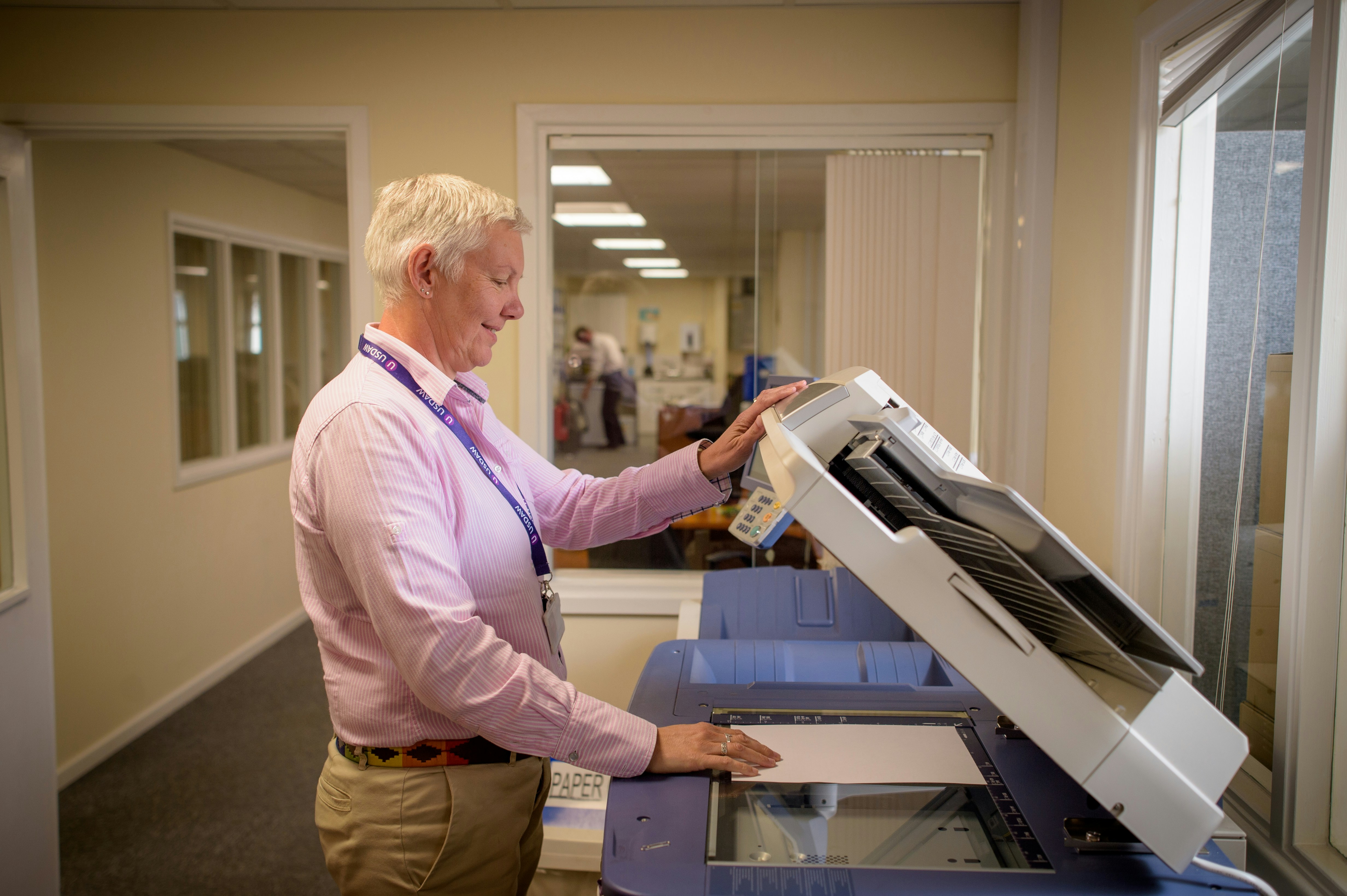





.jpg)

.jpg)




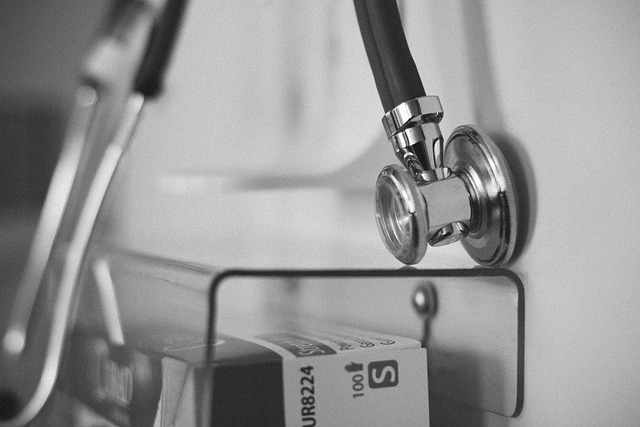


.jpg)
.jpg)
